Confessions from a Pro: 10 Things You Should Never, Ever Machine Wash
I basically grew up in a laundry room. My grandmother’s, to be exact, a place that always smelled faintly of lavender and clean linen. She taught me everything, but the first lesson wasn’t about getting things clean. It was about knowing what to save from the churning, tumbling beast in the corner. She knew the real secret to making things last was understanding when not to use the washing machine.
In this article
Modern washers are amazing, don’t get me wrong. They use a powerful trio of forces—the mechanical tumbling, the chemical action of detergent, and the heat from the water—to get your jeans and towels sparkling clean. But for a surprising number of your favorite things, that same trio is a recipe for total destruction. This is about looking past the care label and really understanding the ‘why’ behind protecting your stuff.
First, Let’s Bust a Big Myth: The “Hand Wash” Cycle
\p>Okay, let’s get this out of the way, because it’s the number one question I get. Is the ‘hand wash’ or ‘delicate’ cycle on your machine a safe substitute for actual hand washing? The short answer is: rarely.
While it does use less agitation and cold water, it almost always includes a spin cycle. And honestly, that high-speed spin is the real villain for most delicate items. It’s what crushes hat brims, snaps bra underwires, and stretches out fine knits. So, when I say something needs to be hand-washed, I mean actually in a sink or basin. Think of the machine’s delicate cycle as a ‘lesser evil’ for semi-durable items, not a true safe harbor for the really fragile stuff.
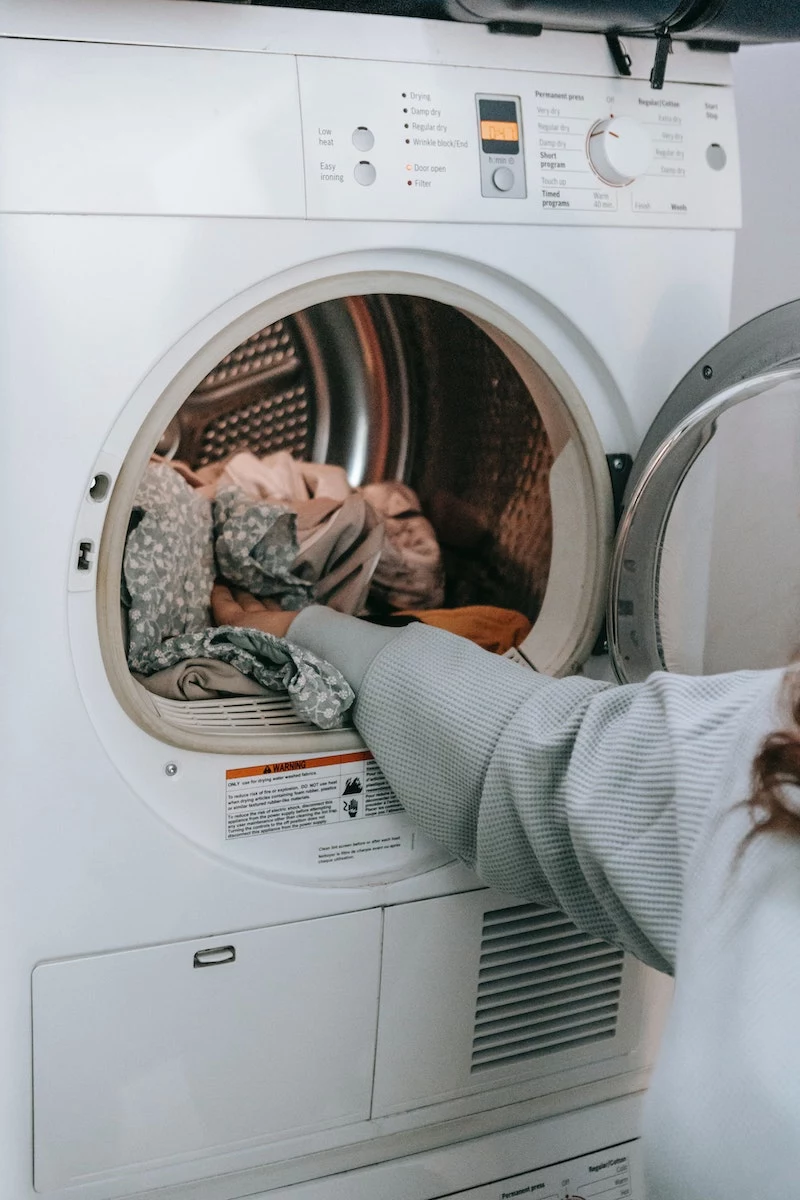
Things the Machine Will Literally Crush or Bend
Some items aren’t just fabric; they’re engineered with a specific shape. The combination of tumbling and the intense G-force of the spin cycle can leave them looking like they’ve been in a fight they couldn’t win.
1. Structured Hats and Baseball Caps
That perfect curve on your baseball cap’s brim? It comes from a stiff internal material, often a firm plastic called buckram. The machine’s tumbling action will bend that brim back and forth until it’s a floppy, creased mess. Then, the spin cycle smashes the whole hat flat against the drum wall. I’ve seen hats come out looking like they were run over by a truck. It’s a sad, completely avoidable sight.
The Safe Way to Wash a Hat:
- Prep the Water: Fill a clean sink or basin with cool water. Add just a tiny bit of gentle detergent—seriously, about a teaspoon is plenty. You want just a hint of suds.
- Spot Clean First: Use a soft brush (an old toothbrush works great) to gently scrub the dirtiest parts, especially the inner sweatband.
- Submerge and Swish: Dunk the hat and gently swish it around. Let it soak for about 20-30 minutes.
- Rinse Thoroughly: Rinse it under cool, running water until all the soap is gone. DON’T wring it out!
- Reshape and Dry: Stuff the crown with a rolled-up hand towel to reshape it. Then, place it over a jar or canister to air dry, away from direct heat or sun.

2. Lingerie and Underwire Bras
Your delicates are, well, delicate. But the real menace here is the underwire in a bra. It can get bent into a bizarre, uncomfortable new shape during the wash. Worse, the force of the spin cycle can make that wire poke right through the fabric. Once it’s loose, that little piece of metal can shred other clothes or even get lodged in your machine’s drum. I once had to call a repair guy for a commercial machine because a single underwire had escaped and carved a deep groove into the drum—a very costly mistake.
The Pro Method for Delicates: Hand-washing is non-negotiable here. Use a basin of lukewarm water and a specialized delicate wash (you can find great ones like Woolite or The Laundress for about $10-$20 a bottle). Let them soak for 30 minutes, gently squeeze the suds through, and rinse. To dry, never twist them. Instead, gently squeeze out the excess water, lay the item flat on a thick towel, roll it up, and press firmly. This soaks up most of the moisture. Then, lay lingerie flat or hang bras from the center piece between the cups to air dry.

Heads up! If you absolutely must machine wash, turn the item inside out and place it in a high-quality mesh laundry bag (spend the $5-$10 for a sturdy one, not the flimsy dollar-store kind). Use the most delicate cycle with NO spin.
3. Men’s Ties
A good necktie is a surprisingly complex item. It has an outer shell, an inner lining, and delicate stitching holding it all together. These different materials shrink and react to water differently. Wash it, and the inner lining will likely shrink more than the silk shell, causing the whole tie to twist and pucker. It will never, ever hang straight again. It’s a one-way ticket to ruin.
The Only Safe Approach: Spot-treat stains immediately by blotting (not rubbing!) with a cloth dipped in a little club soda or cold water. For a full cleaning, take it to a professional dry cleaner. It’s the only way.

Things Ruined by Water, Glue, and Heat
For these items, the problem isn’t just motion. The simple act of soaking them in warm or hot water can dissolve the glues that hold them together or strip them of their natural properties.
4. Leather, Suede, and Most Shoes
Leather is skin. It has natural oils that keep it supple. Washing strips those oils away, leaving the leather stiff, brittle, and prone to cracking once it dries. Suede is even worse; water mats its soft surface and causes discoloration. And here’s the kicker for shoes: many are held together with strong, heat-sensitive adhesives. A hot wash can literally dissolve the glue bonding the sole to the upper. You’ll open the machine to find a deconstructed shoe. It’s a guaranteed disaster.
The Only Safe Bet: Professional cleaning, period. A specialist leather cleaner has the right solvents and conditioners to do the job without causing damage. For minor scuffs on shoes at home, use products designed for the job, like a suede eraser or saddle soap.

5. Memory Foam Pillows
I’ve heard the horror stories. Someone puts a memory foam pillow in the wash, and the aggressive tumbling action tears the foam’s delicate structure to shreds. They open the door to find what looks like wet, crumbly cottage cheese. Even if it survives, the foam becomes so waterlogged and heavy that it can throw your machine’s spin cycle dangerously off-balance, potentially damaging the whole machine.
How to Actually Clean It: The removable cover is almost always machine washable—just check the tag. For the foam core itself, you can only spot-clean stains with a damp cloth and mild soap. To freshen it up, sprinkle it with baking soda, let it sit for an hour, and then vacuum it off with the brush attachment. Airing it out is your best friend.
The Cloggers and Contaminators
This group of troublemakers doesn’t just risk ruining themselves—they pose a direct threat to your washing machine and the other clothes in the load.

6. Anything Covered in Pet Hair
As a dog owner, I get it. But tossing a fur-coated blanket straight into the wash is asking for trouble. When pet hair gets wet, it forms dense, stubborn clumps. These clumps can easily get past the lint filter and clog your machine’s drain pump. A clogged pump can’t drain, which can lead to a flooded laundry room or a burned-out motor. It’s a messy, smelly, and expensive repair that you can easily avoid.
The Pre-Wash Trick: The key is to remove the hair before it gets wet.
- Dryer First: Toss the hairy item in the dryer on a NO-HEAT or air-fluff cycle for 10 minutes with a dryer sheet. The tumbling loosens the hair, and the dryer’s lint trap will catch most of it.
- The Glove Trick: A lesser-known but amazing trick is to put on a damp rubber dish glove and just wipe your hand across the fabric. The hair bunches up like magic!

7. Clothes with Sequins, Beads, or Glued-on Jewels
Anything glued or loosely stitched on is at high risk. The agitation can knock them loose, and those small, hard bits can get stuck in the washer’s drain holes or pump. Worse, a sharp-edged rhinestone that’s come loose can snag and tear holes in other, more expensive garments in the same load. It’s not worth the risk.
The Safest Method: A gentle hand wash is best. If you absolutely insist on using the machine, turn the garment inside out, place it alone in a quality mesh bag, and use the most delicate cycle with no spin. But to be frank, every machine wash is a gamble that shortens the life of the garment.
And Now, A Critical Safety Warning
This goes beyond saving your clothes. This is about keeping your home and family safe. Please take this one seriously.
8. Items with Flammable Stains (Gas, Solvents, Oil)
You must NEVER put clothes stained with flammable substances like gasoline, paint thinner, or even large amounts of cooking oil directly into a washer. The wash cycle does not eliminate the flammable vapors these liquids release. Inside the sealed drum, these fumes concentrate. A simple spark from the motor or even static electricity can ignite these vapors, causing an explosion or flash fire inside your machine. The risk is even higher in a dryer with its heating element.
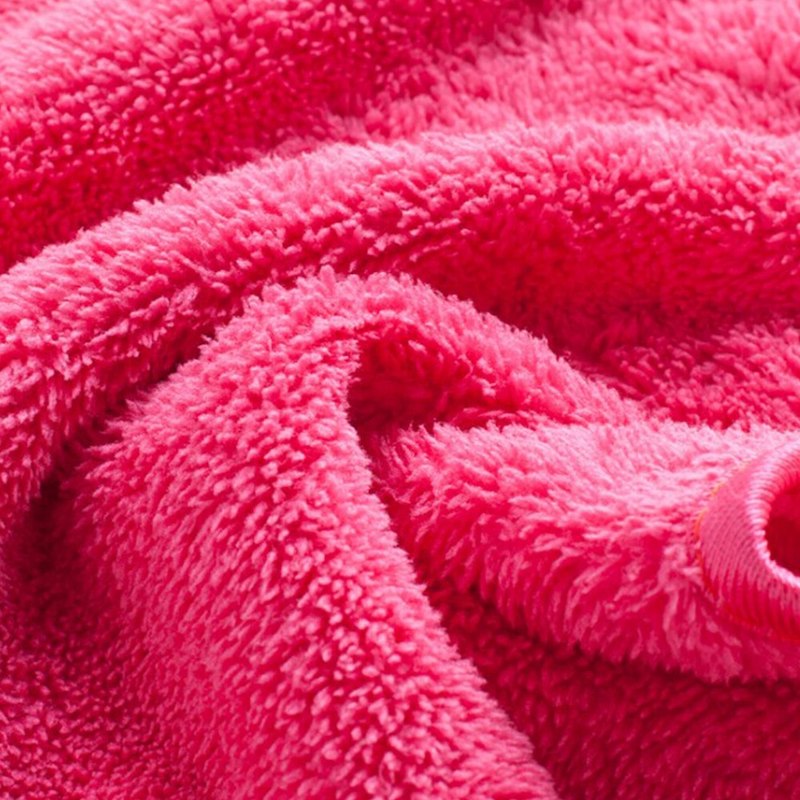
The Non-Negotiable Safety Procedure:
- AIR IT OUT: Hang the stained item outdoors, far from any buildings or sources of ignition. Let it hang until you cannot smell even the faintest trace of fumes. This might take 24 hours or more. Do not rush this step.
- WASH SAFELY: Only after the smell is completely gone can you wash it. Wash the item by itself on a cold cycle using a heavy-duty liquid detergent to tackle the remaining stain.
The Slow Destroyers You Don’t Suspect
Finally, a couple of items that people wash all the time, not realizing they’re slowly but surely ruining them with every cycle.
9. Swimwear
It’s designed for water, so it’s machine safe, right? Nope. The spandex and elastane that give a swimsuit its stretch are chemically degraded by chlorine. The heat and agitation of a washing machine dramatically speed up this damage, leaving you with a saggy, baggy suit.

Quick Win for Your Swimsuit: The most important thing you can do is rinse your suit in cool, fresh tap water for 60 seconds immediately after taking it off. This removes the damaging chlorine and salt before they can set in. For a proper wash, a gentle hand wash every few wears is all you need. Always lay it flat to dry in the shade, as direct sun is also a major enemy of elastic.
10. Microfiber Cloths
Microfiber is brilliant because its tiny fibers hook onto dust and dirt. But when you wash it with other fabrics, especially cotton towels, those tiny hooks get clogged with lint. A lint-clogged cloth is useless; it just smears dirt around. Fabric softener is even worse—it coats the fibers and completely destroys their absorbency.
The Right Way: Wash microfiber by itself. A dedicated “microfiber only” load is the way to go. Use a liquid detergent (powders can get trapped in the fibers) with warm, not hot, water. And never, ever use fabric softener or bleach. Tumble dry on low or no heat.
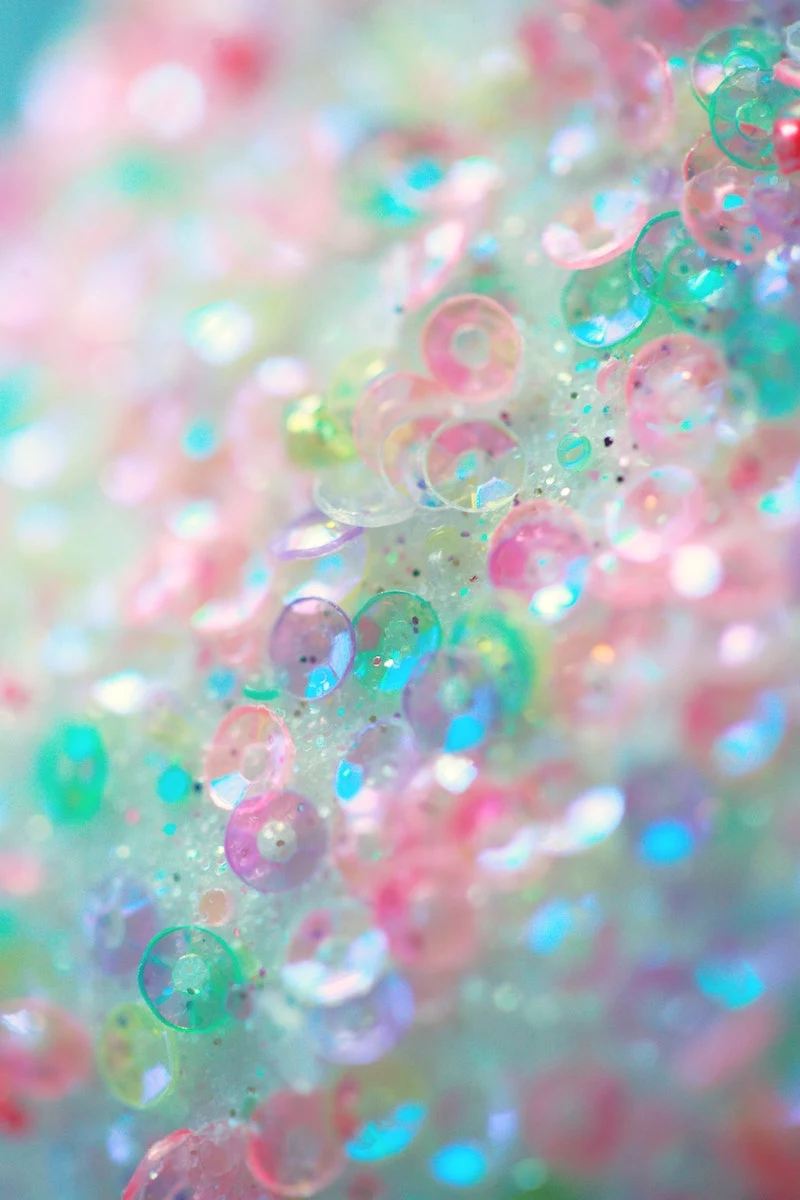
Quick Tip: Did you already use fabric softener by accident? You might be able to save them. Try re-washing the cloths with a half-cup of white vinegar (and nothing else) to help strip the residue off the fibers.
A Final Thought
Look, your washing machine is a workhorse, but it’s not the right tool for every job. Taking a few extra minutes to hand-wash a delicate item or pre-treat a stained one isn’t a chore; it’s a small investment. It saves you from the headache of a ruined garment, a costly repair, and helps the things you love last for years. That’s a lesson from my grandmother’s laundry room that’s never let me down.
Inspirational Gallery
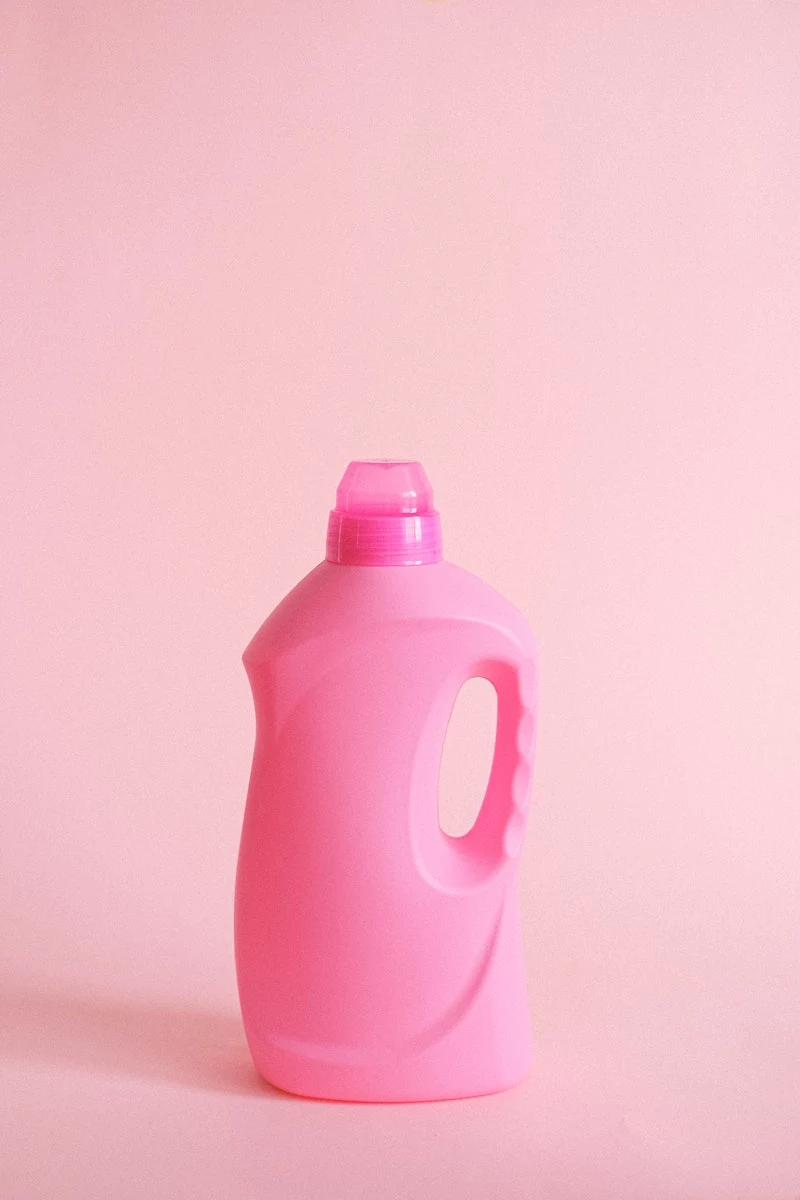
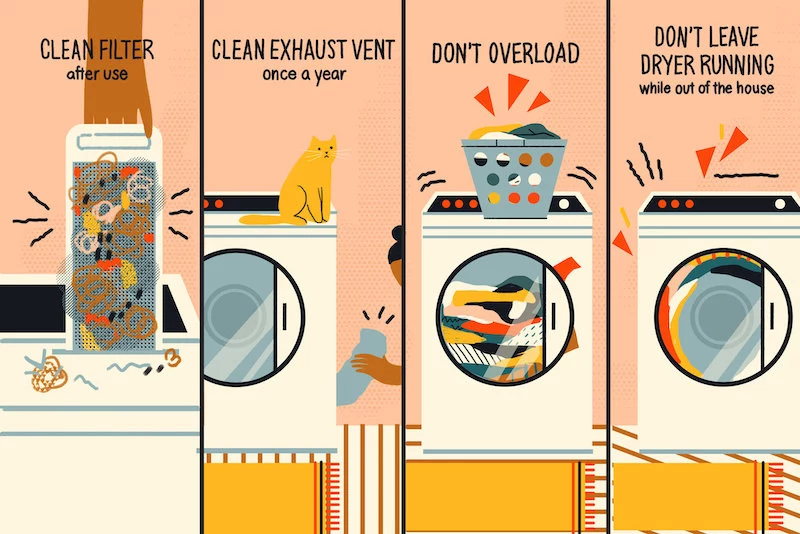
Did you know? Microfiber is essentially a type of plastic, typically polyester and polyamide. When exposed to high heat in a washer or dryer, its ultra-fine synthetic fibers can literally melt and fuse together.
This is why your favorite microfiber cleaning cloths or cozy blankets can lose their signature softness and absorbency over time. The heat damage ruins their unique fiber structure, making them less effective and feeling rough to the touch. For these items, a cold wash cycle is non-negotiable, and air-drying away from direct heat is always the best way to preserve both their cleaning power and their comfort.
What’s the real difference between gentle detergents?
It often comes down to rinsing. A classic gentle detergent, like Woolite Delicates, is designed for a traditional hand-wash where the garment is cleaned and then thoroughly rinsed to remove all soap residue. It’s a reliable all-rounder. However, for delicate wools and silks, a no-rinse formula like Eucalan or Soak Wash is a game-changer. You simply let the garment soak, and the formula is gentle enough to be left in the fibers, helping to condition them (Eucalan even contains lanolin). You just gently squeeze out the excess water and lay flat to dry, saving time and water while reducing stress on the fabric.










